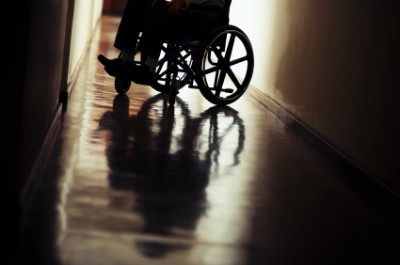 Some think compassion is an attribute reserved for people like Mother Teresa. But compassion isn’t just reserved for those who travel a moral high ground. Hospice care professionals cultivate compassion for when they are called to the bedside.
Some think compassion is an attribute reserved for people like Mother Teresa. But compassion isn’t just reserved for those who travel a moral high ground. Hospice care professionals cultivate compassion for when they are called to the bedside.
Compassion is Good Medicine
Compassion has many qualities, most noteworthy loving-kindness and heart-centered. Therefore, compassion is a heartfelt concern for suffering coupled with wanting to ease the suffering. Scientists show interest in the impact of compassion. As a result they’re finding that it’s good medicine. The Center for Compassion and Altruism Research and Education conducts scientific studies of compassion and altruistic behavior. Scientists look beyond Western “hard science” to learn about human behavior and emotions. Neuroscientists conduct brain studies to discover how compassion affects us biologically.
A study published in the Journal of Clinical Oncology showed that 40 seconds of compassionate communication from a physician reduced anxiety and increased confidence among breast cancer patients. In hospice care compassionate communication may enhance the experience for the patient. But it may also help hospice care professionals find greater satisfaction in their work.
How to Cultivate Compassion
Compassion is a human quality. With intentional practice it arises spontaneously. Many heart-centered practices exist. Anyone serving people in hospice care can integrate such practices. Especially relevant is the following example.
Sit comfortably. Be in your body and focus your attention upon your breath. If you wish, place one or both hands over your heart.
First, direct loving kindness to yourself.
Picture two or three people who care about you. Imagine them looking lovingly at you. These might be people in your life now or in the past or even spiritual figures. What would they wish for you? Repeat these simple phrases imagining they were saying them to you.
May you be filled with kindness and compassion.
May you be safe in every way.
May you be well in body and mind.
May you be happy.
May you live with ease.
How do you feel? Notice what arises trying not to judge thoughts, but simply let them pass through your mind.
Next picture someone you would like to send compassion to. It could family or a friend; a co-worker; a stranger; or even someone you find challenging. Repeat the same phrases except this time direct them to this person. Again, sit for a few minutes simply noticing anything that arises in your mind.
To end, take in a deep, cleansing breath and bring your awareness back into your body. In conclusion, offer thanks for the experience in whatever way you wish. Perhaps a simple “thank you” will do!

